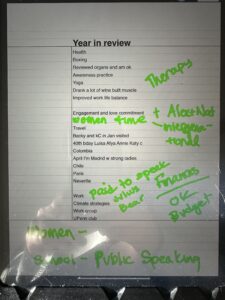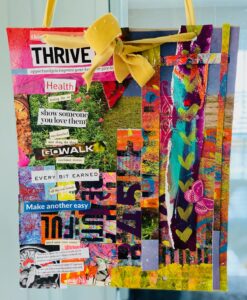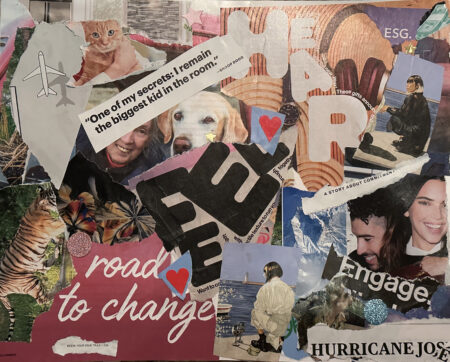You may have already moved on from 2023, so why bother doing a “Year in Review”? Especially when the first thing that comes to mind might be either that “nothing happened” or “it was a horrible year!”
So Why Bother?!
1) Because we quickly forget our lives
2) Because when we do remember, the negativity bias is likely to highlight the bad things that happened
3) It matters to remember
We Notice the Bad
As we frequently mention, we’re just not wired to focus on good things that are happening around us. It is more likely to get on our radar when something bad happens. And we know that many bad things happened last year. We find it difficult to even mention some of them they’re so dreadful and so conflicted (as seems to happen increasingly each year as we write our “End of year/Start of next” newsletter). This year it’s all of the lives lost because of the war between Israel and the Palestinian, the ongoing war between Russia and Ukraine, the civil wars in Sudan and Ethiopia, the ongoing division in our country that shows no sign of abating, not to mention the people and creatures—famous and /or near and dear to us—that we lost. It goes without saying that the list could go on.
The Good Things
In the face of that, good things did happen in the world, e.g., the approval of psychedelics for treatment of PTSD and a possible cure for sickle cell anemia, a significant decrease in deforestation of the Amazon for the first time in years. But it can sometimes take some effort to bring those things to mind. In fact, sometimes it can be difficult to remember much of anything, let alone either the good or the bad.
How Quickly We Forget
You might find the same thing happens as you try to remember your own personal version 2023. The adage “How quickly we forget” applies. That’s why we do the “Year in Review”—to capture a snapshot of our lives over a discrete period of time. It isn’t just to remember, it also orients us to the people, places, activities, relationships, goals, aspirations that impact us and ground our lives.
What We Actually Did
It also tells us what we actually did! This helps in several ways: 1) to see what we didn’t do that we had planned; 2) to see what we did do that we hadn’t planned; 3) to see how we felt about the above; and 4) to decide if we still want to do things we’d planned to do but didn’t get to (e.g., revisiting our “resolutions” from the year before and either adding them again this year, modifying them, or eliminating them, etc.); and 5 ) to decide if we want to keep doing the things that we were able to get done.
What Energized Us?/What Depleted Us?
In other words, we want to see what was energizing, what was depleting, what goals we met and what made that happen, what we accomplished that we hadn’t planned and what made that happen? That way when we make “resolutions” for 2024, we’re much more grounded in where we are at this point in time and where we want to go from this point forward. It’s really taking stock in a very concrete way that situates us squarely in the present with an eye both on where we’ve come and where we’re going.


How To Start Once You Download the Year In Review
If you download the “Year in Review” instructions, you can see that we’ve divided it into subsections like travel, health, animals, people, finances. We suggest that you don’t just think about what you did, but also include what impacted you. You might also start the process with a conversation with someone else about the year before. They frequently remember things you didn’t or mention things that wouldn’t have occurred to you (e.g., projects that you worked on or people you had contact with). But you might also want it to be more of a meditative exercise. Either way, we suggest you just pick one of the topics that you have some clear memories and start there.
Make A Vision Board or Visioning Artwork
Once you’ve finished, we recommend you do a “vision board”, e.g. some kind of artwork about what you imagine for the next year. The “Year in Review” has suggestions this, but really all you need is think of what you want more of in your life and either cut out images from magazines or make simple sketches to capture those aspirations.


Some Examples
We’ve included examples like Julia’s (the featured image above for this newsletter), here Gioia’s on the left and Rebecca’s on the right.
Click here to get the handout we use to guide this process. It has instructions for doing the year in review and then making a vision board/visioning artwork afterward.
We suggest that solidly grounding your vision for the next year in what you experienced last year will make it much more likely to actualize.
